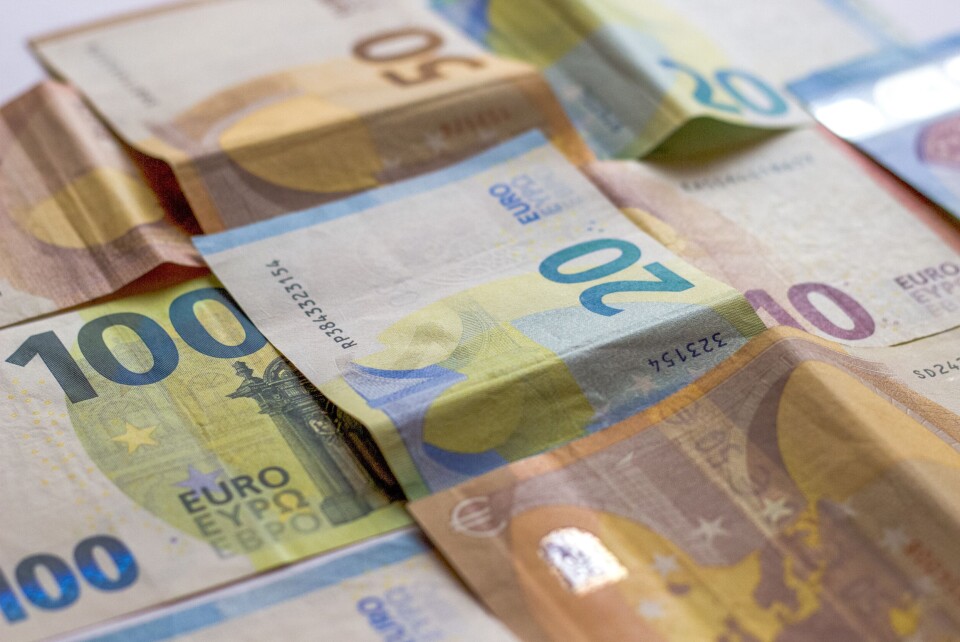-
Trump tariffs: Americans in France hit by dollar drop
Europe has said the tariffs will cause the economy to ‘massively suffer’ as France plans retaliation
-
Does France have a ‘golden visa’ scheme for gaining nationality?
As an EU Schengen Area country, France is affected by golden visas obtained elsewhere that allow non-EU people to work, live, and travel in Europe
-
UK-EU plan for easy work and study for under-30s: what is proposed?
Labour government reported to be open to a fresh look at the proposals as part of 'reset' of EU relationship
Number of false euro notes on rise in France: Tips to spot a fake
€20 or €50 notes are the most likely to be counterfeit

The number of counterfeit euro banknotes seized in 2022 rose by more than 8% compared to 2021, the European Central Bank (ECB) has said, in a growing problem across France and the EU.
Notes of €20 and €50 are most likely to be fake.
Cyrille Geiger, a newsagent in France, told FranceInfo that shopkeepers are increasingly becoming ‘cards only’ to avoid the issue. He said: “We are taking credit cards more and more to avoid these types of problems. And I am always disgusted that these people think it’s a good idea to scam a hardworking person.”
The ECB said the issue is widespread and increasing across Europe, not just France. Its figures show that 376,000 false notes were seized in 2022. This is 8.4% more than in 2021.
This was partly driven by the fact that it is becoming easier and easier to get hold of fake notes online.
Major Alain Bateau, of the central anti-counterfeiting agency l’Office Central de Répression du Faux-Monnayage (OCRFM) said: “People who are interested in fake notes don’t need to go and meet people from a particular network.
“They simply order them via social networks or on the dark net.”
How to not get caught out by a fake banknote
The Banque de France has a few tips to help people avoid getting caught out. They summarise the approach as “TRI: Toucher, Regarder, Incliner (feel, look, tilt)”.
The tips include:
-
Check the texture of the paper. A genuine banknote feels firm and ‘cracks’ under your fingers
-
Check if the large number and large image on the note are slightly raised. You can feel a real one slightly under your fingertip
-
Check the smaller denomination number on each side. They should each ‘match up’ to form a complete print of the number
-
Check the holographic symbol. A genuine note will shimmer with rainbow colours.
-
Use colour-changing counterfeit-testing ink. A genuine note will change from purple to green.
More information on how genuine banknotes look, their security features, what each part of the design means, and how to detect fakes can be seen on the ECB website.
What if I think my note is false?
It is an offence to put a banknote that you think is counterfeit into circulation.
If you find a note that you believe to be false, contact the Banque de France, your local bank, or police. They will destroy it, give you a receipt, and may investigate its origin.
Unfortunately, you will not be able to claim back the value of the note.
Shopkeepers can deduct any losses caused by fake banknotes from their accounting results, and use the receipt issued by the Banque de France as a tax receipt.
If the banknote is later found to be authentic, it will be returned to you (or another of equal value) without any fee.
Related articles
Network of fake euro banknote traffickers discovered by French police
Police warn against spread of counterfeit €20, €50 and €100 notes
Warning over false (but legal) euro notes used by fraudsters in France
























